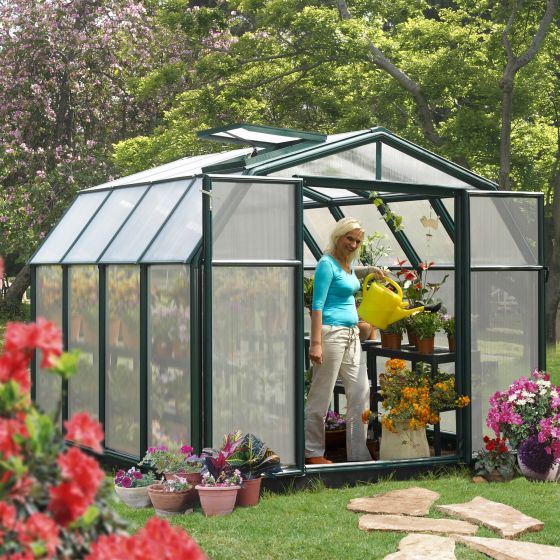
Image Source: Google
New Zealand is well-known for its stunning natural landscapes, from rugged mountains to pristine beaches. However, hidden within this picturesque country lies a lesser-known gem – shade houses. These structures provide a haven for a wide variety of plants, allowing them to thrive in the sometimes harsh New Zealand climate. Refer Link: https://wintergardenz.co.nz/residential/shade-houses/.
Shade houses are essentially covered structures that offer protection from the elements while still allowing adequate light to reach the plants inside. They are commonly used in the horticultural industry, particularly for the cultivation of delicate plants such as orchids and ferns. With New Zealand's diverse climate, ranging from subtropical in the north to temperate in the south.
One of the key advantages of shade houses is their ability to control light levels. By using shade cloth or other materials, growers can adjust the amount of sunlight that reaches their plants. This is crucial for plants that are sensitive to intense sunlight or require specific light conditions to grow. Shade houses offer a controlled environment that allows growers to create the perfect conditions for their plants, helping them thrive and produce high-quality blooms or foliage.
In addition to protecting plants from excessive sunlight, shade houses also provide shelter from wind, rain, and other adverse weather conditions. The coverings used in shade houses are typically made from materials like shade cloth or greenhouse plastic, both of which offer excellent protection against the elements. This means that even in regions with challenging weather patterns, growers can still cultivate a wide range of plants without worrying about damage caused by strong winds or heavy rain.
Shade houses also play a vital role in pest and disease management. By creating a controlled environment, growers can reduce the risk of infestations and diseases that can damage or destroy their plants. The shade house structure acts as a barrier, preventing pests from entering and spreading throughout the crop. Additionally, the controlled environment allows growers to implement targeted pest management strategies, such as using biological controls or organic pesticides.
One of the unique aspects of shade houses in New Zealand is their integration with the natural environment. Many shade houses are designed to blend seamlessly into the surrounding landscape, using natural materials and incorporating native plants. This not only enhances the aesthetic appeal of the shade houses but also promotes biodiversity and supports the conservation of local plant species.
Visiting a shade house in New Zealand is like stepping into a hidden oasis. These structures are often tucked away in lush gardens or hidden among the trees, offering a serene and tranquil atmosphere. Exploring a shade house allows visitors to witness the beauty and diversity of New Zealand's horticulture industry up close, with rows of vibrant and healthy plants stretching out before them.
Whether you are a plant enthusiast, a nature lover, or simply seeking a peaceful retreat, a visit to a shade house in New Zealand is an experience not to be missed. It provides a unique opportunity to discover the beauty and versatility of shade houses, as well as the dedication and expertise of the growers who tend to these thriving plant havens. So, next time you find yourself in New Zealand, be sure to unveil the hidden oasis and explore the wonders of shade houses.